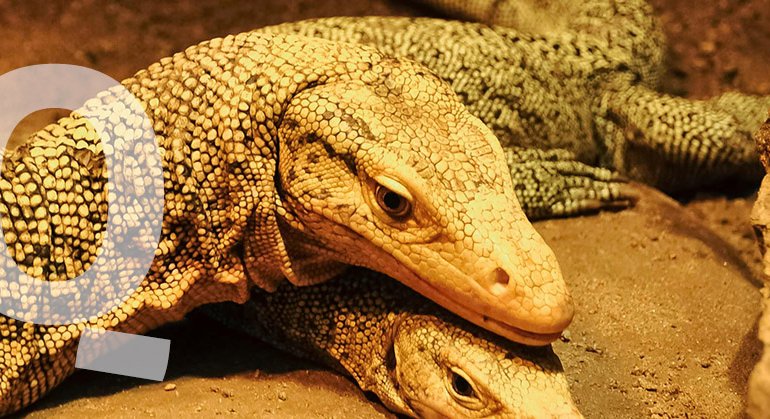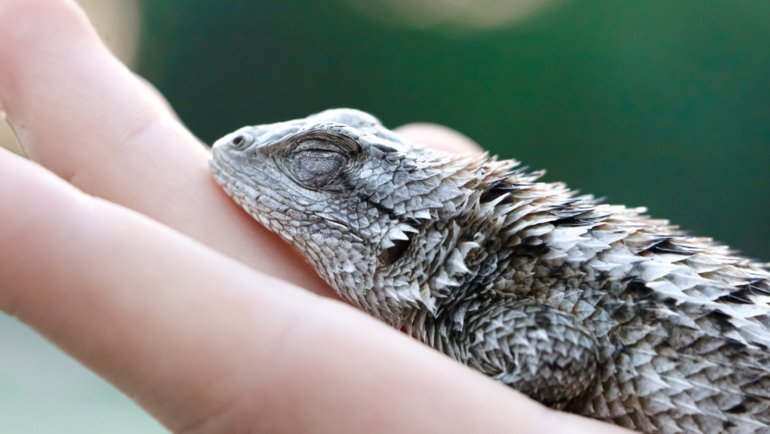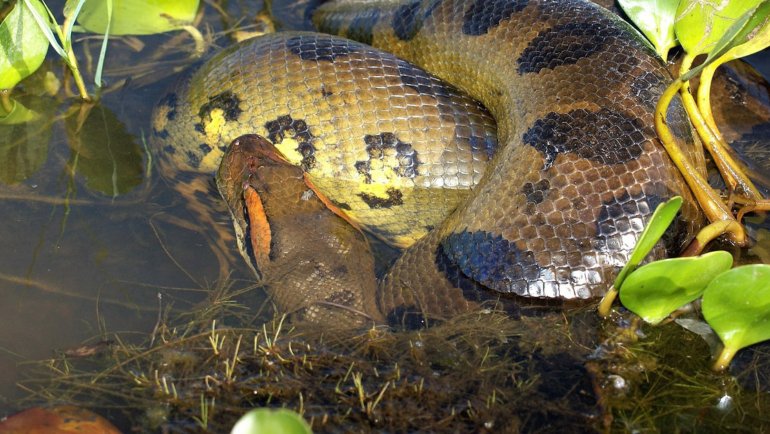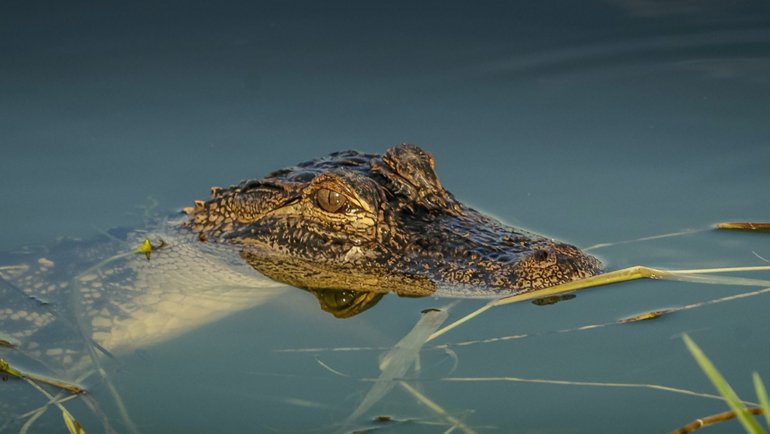Louisiana, a state with rich history, culture, and unique cuisine, also harbors an expansive, wild beauty in its moss-draped swamps and bayous. This land, woven with waterways and brimming with life, is a haven for the American alligator.
These primeval creatures, with their armored bodies and stealthy prowess, are an integral part of Louisiana’s natural landscape. The state’s subtropical climate and extensive wetlands provide an ideal environment for alligators, making Louisiana one of the top locations in the United States to observe these creatures in their natural habitat.
Where to See Alligators in Louisiana
Alligators are widespread throughout Louisiana, especially in the following areas:
Atchafalaya National Wildlife Refuge
Known as the largest river swamp in the United States, Atchafalaya spans south-central Louisiana. Its rich ecosystem of bayous, swamps, and floodplain forests provides an ideal habitat for alligators. Visitors can take a guided boat tour to catch a glimpse of these reptiles basking on the banks or slipping silently into the murky waters.
Jean Lafitte National Historical Park and Preserve
This diverse park, located just a stone’s throw from New Orleans, encompasses several separate sites, including the Barataria Preserve. The preserve’s marshes, swamps, and forests are teeming with wildlife, including alligators. Visitors can take a walk on the park’s boardwalk and dirt trails to observe these creatures in their natural settings.
Lake Martin
Nestled near Lafayette, Lake Martin is renowned for its wildlife, particularly its alligator population. A leisurely boat ride on the lake or a stroll along the levees often rewards visitors with the sight of alligators lazing in the sun.
Bayou Segnette State Park
Just a short distance from downtown New Orleans, this state park features fresh and saltwater marshes where alligators can often be spotted.
Creole Nature Trail
Known as Louisiana’s Outback, this scenic byway offers numerous alligator viewing opportunities. The trail’s marshlands, bayous, and ponds are teeming with alligators and a variety of other wildlife.
Honey Island Cypress Swamp
Regarded as one of the most pristine swampland habitats in the United States, this wildlife preserve near Slidell is home to a sizeable population of alligators. Guided swamp tours provide a unique opportunity to explore this untamed wilderness and see alligators up close.
How to See Alligators in Louisiana?
Observing alligators in the wild is an awe-inspiring experience, but these formidable creatures deserve respect and caution. Here are some guidelines to enhance your experience while ensuring your safety and the well-being of the alligators:
Guided Swamp Tours
Louisiana’s swamps and wetlands are a vast and intricate system where alligators thrive. Numerous companies, like Cajun Encounters and Jean Lafitte Swamp Tours, offer guided tours through these waterways.
With knowledgeable guides leading the way, you’ll have a chance to observe alligators in their natural environment, understand their behaviors, and learn about their role in the ecosystem. These tours often use boats that glide quietly on the water, minimizing disturbance to the wildlife.
Visit National Parks and Wildlife Refuges
Protected areas like the Jean Lafitte National Historical Park and Preserve, Atchafalaya National Wildlife Refuge, and others offer prime viewing opportunities.
Trails and viewing platforms are specifically designed to facilitate wildlife observation while minimizing human impact. In many of these places, rangers and volunteers provide educational programs about alligators, increasing understanding and appreciation of these creatures.
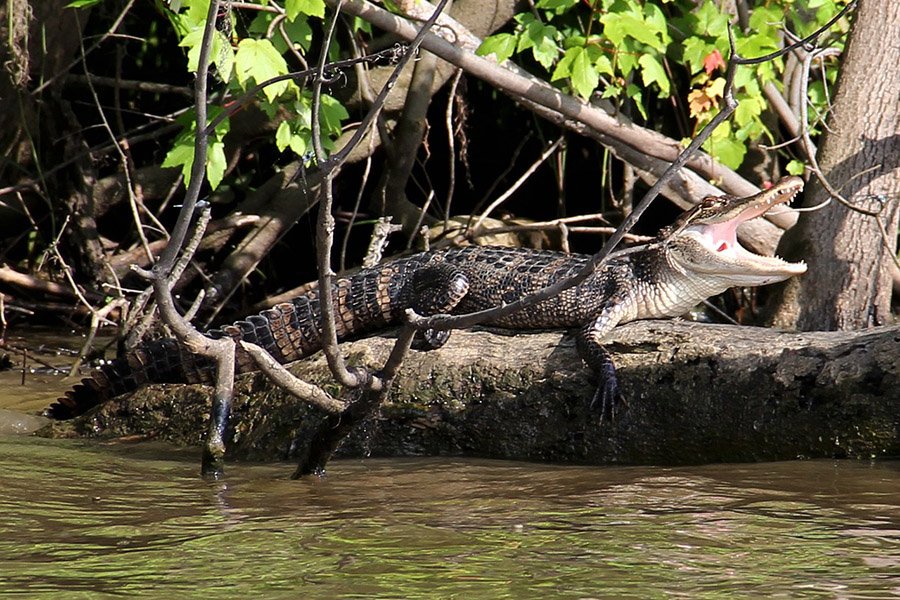
Keep Your Distance
While it might be tempting to get a close look at an alligator, remember that they are wild animals and can move surprisingly fast when they feel threatened. Maintain a minimum distance of 60 feet. If the alligator alters its behavior due to your presence – you’re too close.
Respect Alligator Behavior and Habitat
If you see a basking alligator, resist the urge to throw objects to make it move or react. Disrupting an alligator’s natural behavior is not only disrespectful, but it can also be dangerous.
Observe, Don’t Feed
Feeding alligators is illegal in Louisiana. It alters their behavior and can make them associate humans with food, which can lead to unwanted encounters and potential danger for both humans and alligators.
Final Thoughts
With its extensive wetlands and swampy regions, Louisiana is a prime location for seeing alligators in their natural habitat. Always remember to view these animals responsibly, maintain a safe distance, and never feed or disturb them.
Where & How to See Alligators in Your State?
- Alabama
- Alaska
- Arizona
- Arkansas
- California
- Colorado
- Connecticut
- Delaware
- Florida
- Georgia
- Hawaii
- Idaho
- Illinois
- Indiana
- Iowa
- Kansas
- Kentucky
- Louisiana
- Maine
- Maryland
- Massachusetts
- Michigan
- Minnesota
- Mississippi
- Missouri
- Montana
- Nebraska
- Nevada
- New Hampshire
- New Jersey
- New Mexico
- New York
- North Carolina
- North Dakota
- Ohio
- Oklahoma
- Oregon
- Pennsylvania
- Rhode Island
- South Carolina
- South Dakota
- Tennessee
- Texas
- Utah
- Vermont
- Virginia
- Washington
- West Virginia
- Wisconsin
- Wyoming
